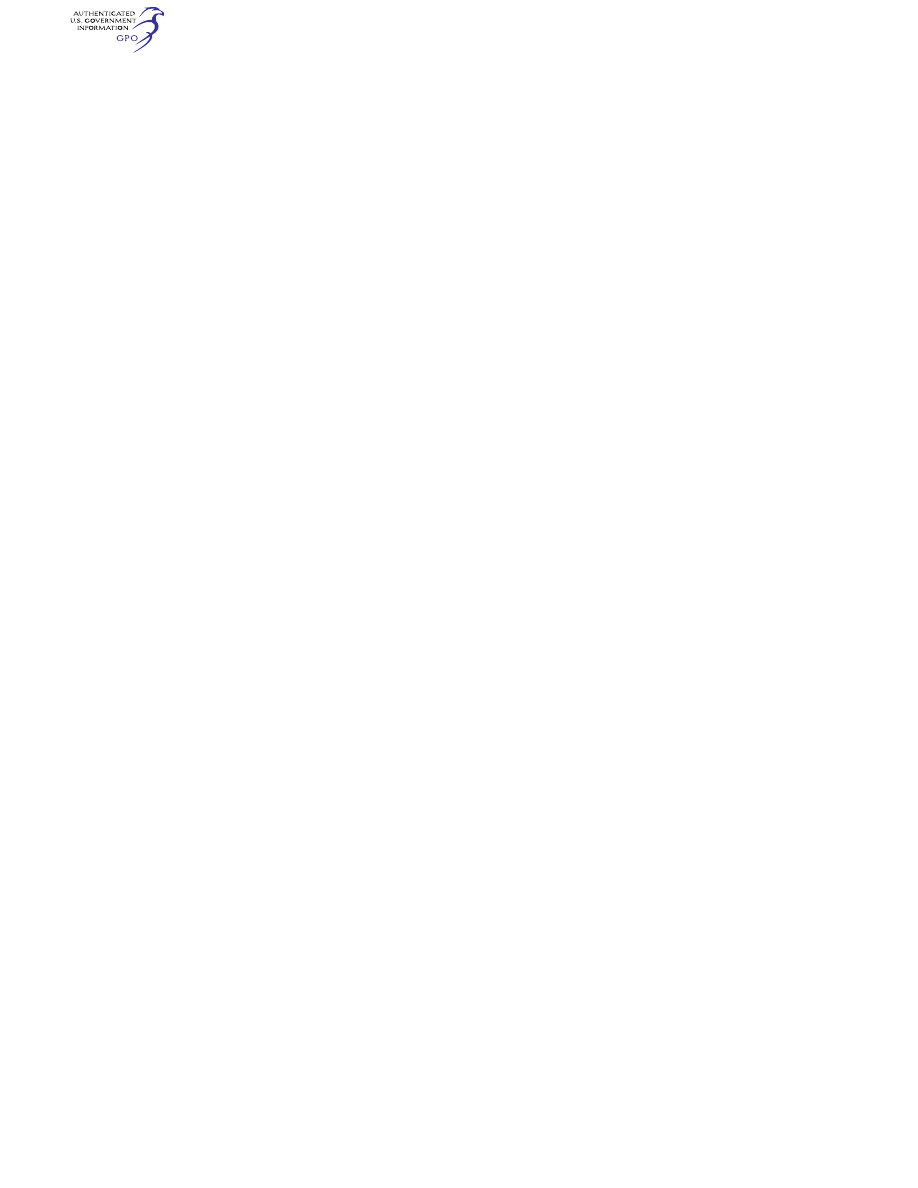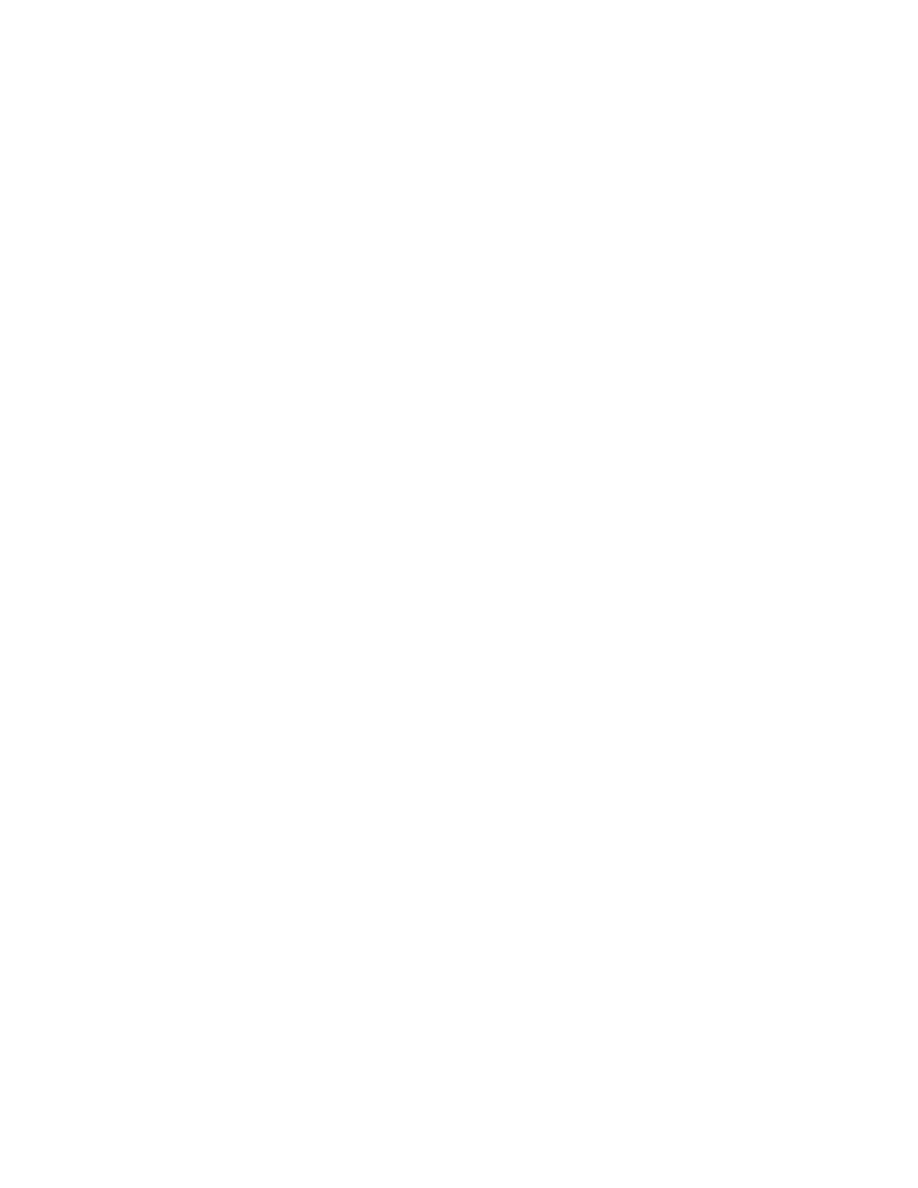
716
14 CFR Ch. I (1–1–24 Edition)
§ 91.185
§ 91.185
IFR operations: Two-way
radio communications failure.
(a)
General. Unless otherwise author-
ized by ATC, each pilot who has two-
way radio communications failure
when operating under IFR shall comply
with the rules of this section.
(b)
VFR conditions. If the failure oc-
curs in VFR conditions, or if VFR con-
ditions are encountered after the fail-
ure, each pilot shall continue the flight
under VFR and land as soon as prac-
ticable.
(c)
IFR conditions. If the failure oc-
curs in IFR conditions, or if paragraph
(b) of this section cannot be complied
with, each pilot shall continue the
flight according to the following:
(1)
Route. (i) By the route assigned in
the last ATC clearance received;
(ii) If being radar vectored, by the di-
rect route from the point of radio fail-
ure to the fix, route, or airway speci-
fied in the vector clearance;
(iii) In the absence of an assigned
route, by the route that ATC has ad-
vised may be expected in a further
clearance; or
(iv) In the absence of an assigned
route or a route that ATC has advised
may be expected in a further clearance,
by the route filed in the flight plan.
(2)
Altitude. At the highest of the fol-
lowing altitudes or flight levels for the
route segment being flown:
(i) The altitude or flight level as-
signed in the last ATC clearance re-
ceived;
(ii) The minimum altitude (con-
verted, if appropriate, to minimum
flight level as prescribed in § 91.121(c))
for IFR operations; or
(iii) The altitude or flight level ATC
has advised may be expected in a fur-
ther clearance.
(3)
Leave clearance limit. (i) When the
clearance limit is a fix from which an
approach begins, commence descent or
descent and approach as close as pos-
sible to the expect-further-clearance
time if one has been received, or if one
has not been received, as close as pos-
sible to the estimated time of arrival
as calculated from the filed or amended
(with ATC) estimated time en route.
(ii) If the clearance limit is not a fix
from which an approach begins, leave
the clearance limit at the expect-fur-
ther-clearance time if one has been re-
ceived, or if none has been received,
upon arrival over the clearance limit,
and proceed to a fix from which an ap-
proach begins and commence descent
or descent and approach as close as
possible to the estimated time of ar-
rival as calculated from the filed or
amended (with ATC) estimated time en
route.
[Doc. No. 18334, 54 FR 34294, Aug. 18, 1989;
Amdt. 91–211, 54 FR 41211, Oct. 5, 1989]
§ 91.187
Operation under IFR in con-
trolled airspace: Malfunction re-
ports.
(a) The pilot in command of each air-
craft operated in controlled airspace
under IFR shall report as soon as prac-
tical to ATC any malfunctions of navi-
gational, approach, or communication
equipment occurring in flight.
(b) In each report required by para-
graph (a) of this section, the pilot in
command shall include the—
(1) Aircraft identification;
(2) Equipment affected;
(3) Degree to which the capability of
the pilot to operate under IFR in the
ATC system is impaired; and
(4) Nature and extent of assistance
desired from ATC.
§ 91.189
Category II and III operations:
General operating rules.
(a) No person may operate a civil air-
craft in a Category II or III operation
unless—
(1) The flight crew of the aircraft
consists of a pilot in command and a
second in command who hold the ap-
propriate authorizations and ratings
prescribed in § 61.3 of this chapter;
(2) Each flight crewmember has ade-
quate knowledge of, and familiarity
with, the aircraft and the procedures to
be used; and
(3) The instrument panel in front of
the pilot who is controlling the aircraft
has appropriate instrumentation for
the type of flight control guidance sys-
tem that is being used.
(b) Unless otherwise authorized by
the Administrator, no person may op-
erate a civil aircraft in a Category II or
Category III operation unless each
ground component required for that op-
eration and the related airborne equip-
ment is installed and operating.
VerDate Sep<11>2014
14:00 Mar 14, 2024
Jkt 262047
PO 00000
Frm 00726
Fmt 8010
Sfmt 8010
Q:\14\14V2.TXT
PC31
aworley on LAPBH6H6L3 with DISTILLER
